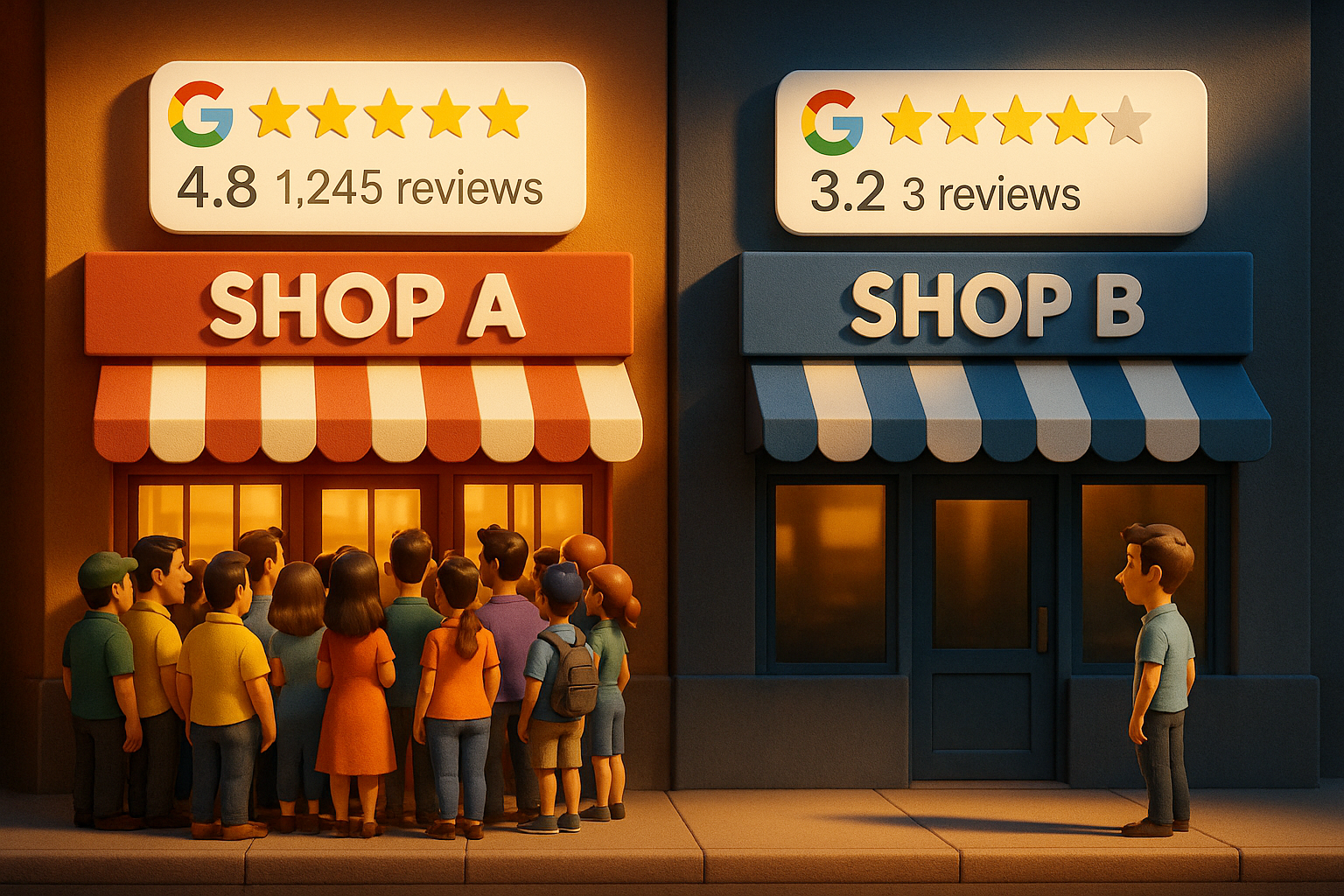Perfection: The Enemy of Performance
Good Enough Beats Perfect (When Perfect Can’t Scale)
Perfection is seductive. In business, in marketing, in systems design — we crave it. The perfect funnel. The perfect automation. The perfect segmentation strategy. But here’s the truth: “good enough” often beats “perfect but unscalable.”
When you chase perfection, you risk building something so fragile, so complex, or so data-hungry that it simply can’t run. At scale, good enough isn’t settling, it’s strategy.
The Allure of Perfection
Perfection feels like progress. Split your audiences into micro-segments, build intricate automations, map every possible journey and it looks smart.
- You can see dazzling detail in reports.
- Every scenario has a rule.
- Everything is accounted for.
But in reality? Most marketing systems need strength in numbers, not endless granularity.
- Ad platforms like Google Ads and Meta need data density to optimise.
- CRMs and automation tools become fragile when workflows branch into dozens of edge cases.
- Analytics loses clarity when you’re slicing data so thin that no pattern is statistically meaningful.
When Perfect Breaks
I’ve seen funnels that look like blueprints for a spaceship. Every “if/then” mapped out, every path accounted for.
And yet:
- The rules collapse under real-world unpredictability.
- Teams burn hours maintaining the system.
- The algorithm starves because each micro-audience only delivers a handful of conversions.
When you spread your attention (or your conversions, clicks, leads, touchpoints) across too many micro-segments, the system stalls. You’ve built complexity without power. Perfect becomes the enemy of performance.
The Good Enough Zone
Think of granularity like seasoning in a recipe: too little, it’s bland; too much, it ruins the dish.
The good enough zone is where:
- The algorithms can actually learn. (Are there enough conversions achieved per campaign/ad set?)
- The data is actionable. You only segment when it will meaningfully change your decisions.
- The system is maintainable. Your team can run and improve it without needing a PhD in flowcharts.
That’s where “good enough” lives.
When to Trust Experience Over Data
Sometimes the data simply isn’t there yet:
- A new offer.
- A small niche.
- A fresh channel.
Waiting for “statistical significance” is a luxury. This is where experience and gut feel bridge the gap:
- Knowing not to over-split audiences.
- Knowing which levers (creative, offer, landing page) matter more than micro-optimisation.
- Knowing that speed to learn often beats precision.
“Good enough” here means relying on informed judgement until the numbers catch up.
A Practical Framework
To stay in the good enough zone, ask three questions before adding detail:
- Does this split give me enough conversions a month? If not, merge.
- Will this level of detail change my decisions? If not, simplify.
- Can my team actually manage this long-term? If not, streamline.
If the answer to any of these is “no” then stop chasing perfect.
Closing Thought
Perfection looks impressive in a strategy deck. But in the real world, it breaks under its own weight.
“Good enough” doesn’t mean sloppy. It means smart, scalable, and sustainable.
The businesses that win aren’t the ones with the most intricate funnels. They’re the ones who know when to stop polishing and start scaling.
Because in growth marketing, as well as in business: good enough beats perfect.
Book A Session With A Sydney-Based Digital Growth Expert.
I work with a limited number of clients to keep quality high and focus sharp. If you’re ready to grow and want to see if we’re the right fit, fill out the form and let’s start the conversation.



